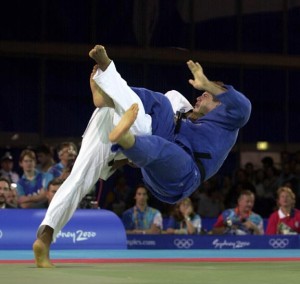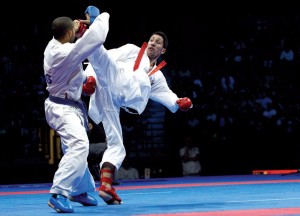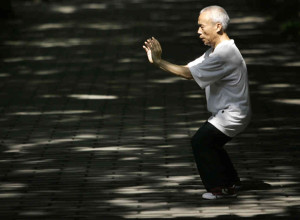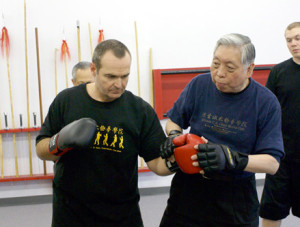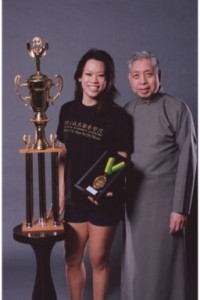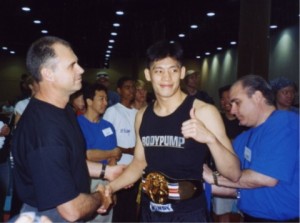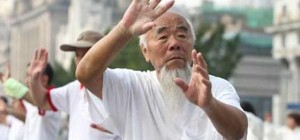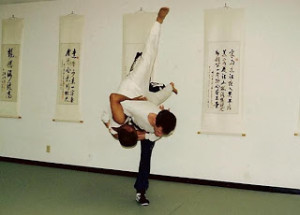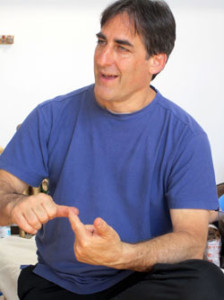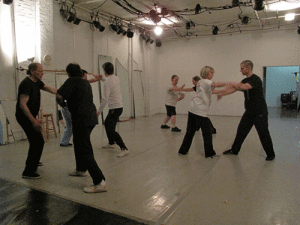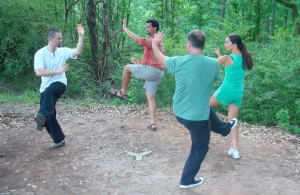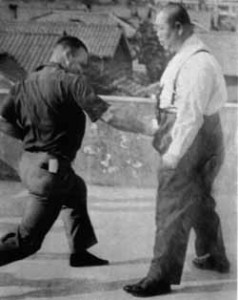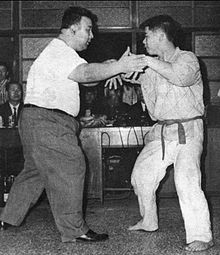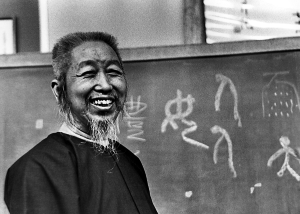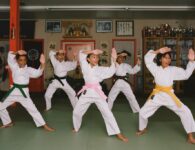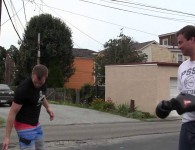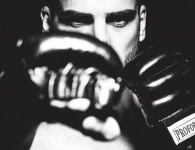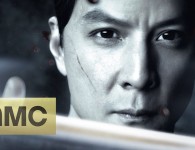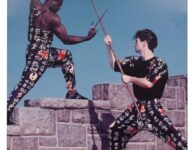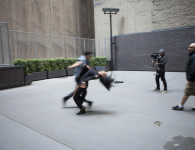Here’s a question I get asked often. What’s the best martial art to practice as I get older?
Well, it depends on many things, especially your age and physical condition.
If you’re slowing down a bit, then you’re going to want to avoid arts that are high impact. This is going to vary depending on the style and the school.
If the school specializes in combat sports like MMA, or Judo, or Muay Thai, or if they put an emphasis on sparring and application, then you know the probability for injury is greater.
As you get older, the harder it is for injuries to heal, if they heal at all. I started Brazilian Jiu-Jistsu later in my life and when I say later I mean into my thirties. An elbow injury took me out for about three months. When something like that happens, the road to coming back can be long and slow. Sometimes a later-in-life injury can take you out of the martial arts forever.
So, let’s make sure that doesn’t happen.
What you’re looking for is a school in which the level of activity matches your physical conditioning. Arts in which the movements are rounded and smooth would be a better match for a person of advanced age.
This brings me to the internal arts. There are dozens. Let’s talk about the big three.
Tai Chi is number one. I know what you’re probably thinking: that’s only for health, it has nothing to do with martial application. Well…not necessarily so.
There are Tai Chi schools and there are Tai Chi schools. You can find a studio that teaches the art mainly for health benefits or one like William CC Chen’s school in NYC in which both his son and daughter are full contact national champions.
There are many styles of Tai Chi. Wu is considered one of the better ones for health, while Chen and Yang tend to be more athletic and aggressive.
The health benefits of Tai Chi can be mesmerizing. It’s not uncommon to see a 60 or 70 year old with the flexibility of a teenager.
(Here’s a personal note: Whatever martial art you chose, doing a Tai Chi form every day keeps you flexible and spry. I know. I do the Cheng Man Ching form twice daily and have been doing it for 15 years.)
Now let’s look at other styles.
Ba Gua or Eight Trigram Palm. A great style that incorporates faster movement, more twisting and more squatting.
It can also be practiced solely for the health benefits or as a very effective and nasty fighting style. If you go to Tim Cartmell’s school in CA (He trains MMA fighters.) or Tom Bisio’s school in NYC, you’ll see a much more aggressive version of the art.
A note of caution: Ba Gua has a lot of throws, so if you decide on the combat version, be ready to hit the mat quite a bit.
Also, with its circular walking practice it makes for a great meditation tool.
Then finally we have Xing Yi or Mind Form Boxing. The most aggressive of the internal three and the one that usually explores the most combat applications. Xing Yi fighters throughout history have been known for their skill and effectiveness. Here are two prime examples:
Xing Yi is practiced at full speed and has a lot of two person drills designed to teach martial application.
A great class in NYC is Steve Arboleda’s school. Steve’s a terrific teacher and a fierce fighter. He’s a student of Tom Bisio.
Now, if those styles are not available where you’re at, then using your common sense is key. Look around. Do your research. Watch a class. Get a good sense of the teacher and the school before you join.
And when training, take care of yourself. Learn your body and know when you’ve had enough. Make sure you hydrate often and spend plenty of time warming up. I’m in my 40’s and it takes me a good hour to get going. I learned that the hard way.
And last but not least, make sure you’re having fun. That’s always a good indication of a good class.

